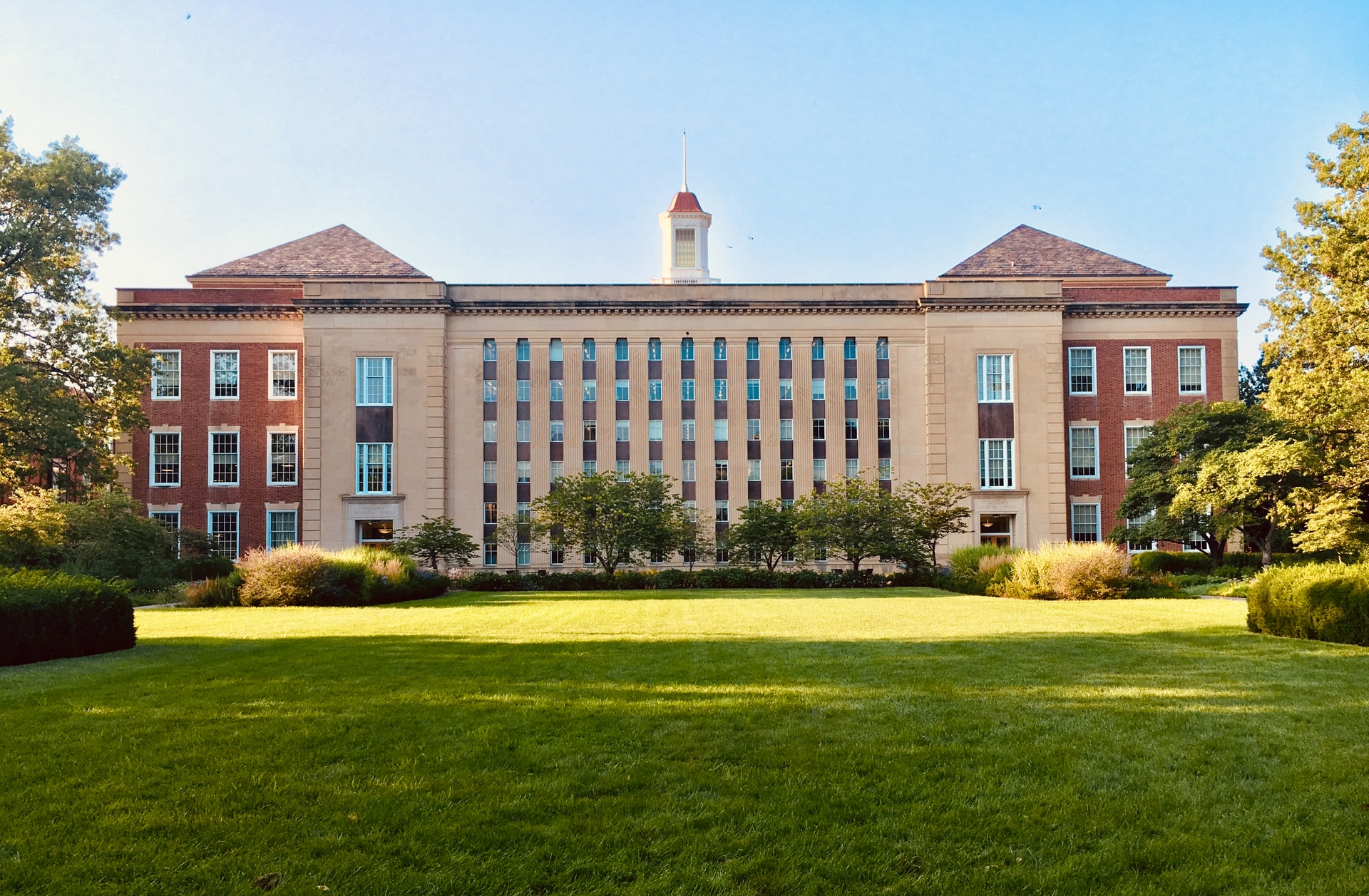Why We Should Leave Behind the Cookie-cutter Education

Change appears to be the only “constant” factor in the educational field. However, what happens when a more significant shift becomes necessary? To provide students with the best education possible, policy makers might have to leave behind the practice of implementing the same practices while hoping for a different result. After all, education does not come in a “one-size-fits-all” format, considering how students’ needs and learning styles vary greatly.
Why Change is Necessary
For students, the educational system requires more flexibility. For example, some students might have a better chance of success with a flexible schedule, especially if they must work a part-time job to help their families financially.
For others, a curriculum that incorporates more of the arts or STEM or other vocations might be ideal if the “traditional” class offerings don’t seem to fit their career interests. Providing more choices and changing what the “classroom” looks like won’t necessarily result in confusion if the proper guidance is given by teachers and academic advisors. Instead, students would gain a broader awareness of the opportunities that are available.
From Classroom to Career
Furthermore students are exploring other post-secondary options. By involving more real-world experiences in the learning process, they’ll invest more time and attention into their learning.
Many schools at the secondary level are already including more course offerings that give students more of these types of experiences. Some of these situations come in the form of dual credit where classes count towards both college and high school credit. Others offer internships with local businesses or agencies where students can try out a particular job or work setting to see if it suits them. In either case, students are gaining the training and experience at an earlier age that will equip them to make important decisions about their future.
Teachers in Leadership Roles
A radical change is needed in order to escape the cookie cutter education. One possible solution is to place the decision making in the hands of those who are already struggling in the trenches—the teachers. The reasoning behind this idea lies primarily with the fact that they know their students best and are most aware of their needs and those of their families.
Furthermore, teachers have a vested interest in policy making since they are the first ones affected by new curriculum, assessment procedures, and any other factor that comes into play.
For instance, if an administrator wants to try a new way of conducting formative assessment, teachers would be the first to see the advantages and drawbacks. Most importantly, they would also see upfront how the students respond and if the data that’s extracted from the assessment can truly be helpful with driving instruction. In other words, they can give an accurate and detailed account of how well (or badly) the assessment goes and what adjustments need to be made.
All in all, the world and the workplace are always changing. A solid, well-rounded education can give students the knowledge and tools to evolve as well. When teachers are given more opportunities to determine policy and curriculum, and students are offered more alternatives, great things can happen for everyone involved.






